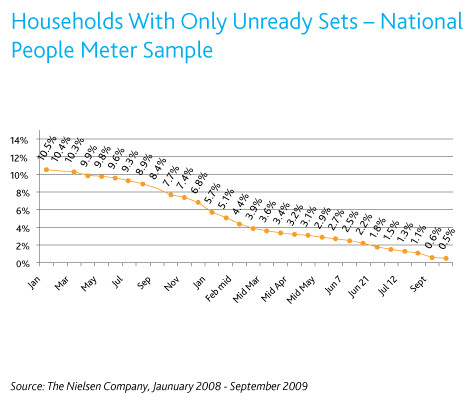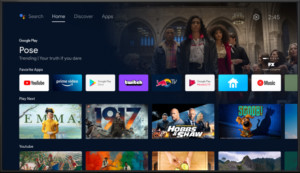
Steps to Digital Television 2009: The US Transition and its Impact
The June 12, 2009 digital television transition was a significant milestone in US broadcasting history. This article examines the steps taken towards the transition, its impact on viewership, and how households adapted to the new digital landscape. The Federal Communications Commission (FCC) mandated this switch, requiring all US television stations to cease analog broadcasts and transmit digitally.
Most US households (97.5%) were prepared for this switch, utilizing various methods to ensure continued television access. The primary method was acquiring a digital converter box, allowing existing analog televisions to receive digital signals. Other households opted for cable or Direct Broadcast Satellite (DBS) subscriptions.
A small percentage of households (2.5%) remained unprepared leading up to the deadline. These households were disproportionately comprised of minority groups, younger individuals, and lower-income families, often lacking internet access. This digital divide highlighted the challenges in ensuring equitable access to information and entertainment during this technological shift. Interestingly, unready households accounted for only 1-2% of total television viewership. Unready television sets were used significantly less, averaging 1.5 hours per day compared to 5.1 hours for ready sets.
Furthermore, these sets were often located in secondary viewing areas like bedrooms or kitchens, reinforcing their less central role in household entertainment. Contrary to expectations, the demographic of unprepared households skewed younger, with over half of viewers under 35. This contrasted with national statistics, where this age group represented roughly one-third of the population.
Immediately following the transition, television stations experienced an 8% decline in viewership share. Half of this decline was directly attributed to the loss of unready households. Stations changing channel frequencies from UHF to VHF faced a more significant 13% decline. This drop stemmed from compatibility issues with existing antennas and the need for viewers to rescan their converter boxes. Spanish-language networks were disproportionately affected, with 9% of their pre-transition audience coming from unready households compared to 3% for English-language networks.
The transition coincided with typical seasonal declines in viewership during the summer months. Adjusting for these seasonal trends, the estimated impact of the digital transition on viewership share was between 4.1% and 6.1%. The transition to digital television offered significant advantages, including high-definition programming and the capacity for multiple standard-definition channels. While initial challenges existed, households adapted to the digital landscape, finding new ways to access their preferred content. The long-term benefits of improved picture quality, expanded channel selection, and increased broadcasting efficiency ultimately outweighed the temporary disruption.








